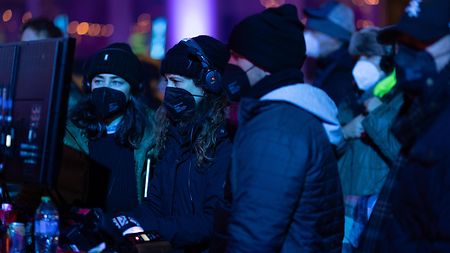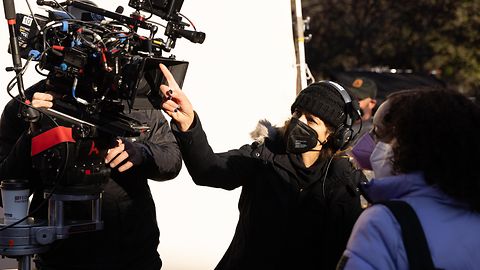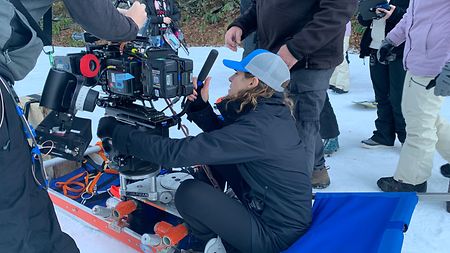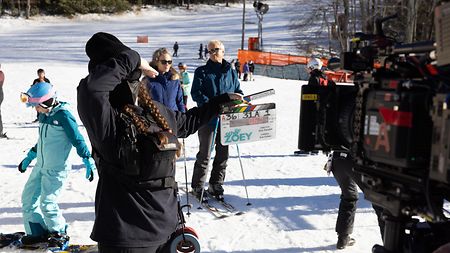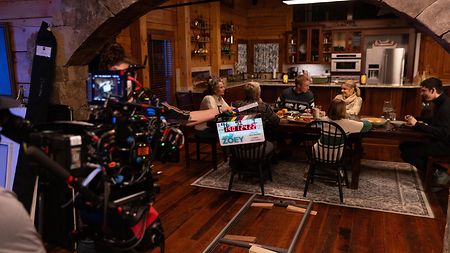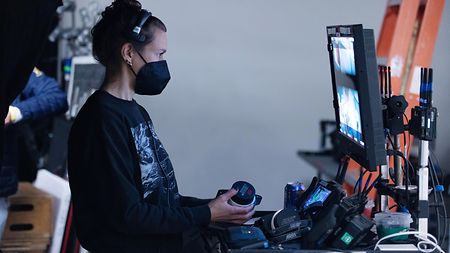“The Other Zoey” charts the romantic progress of student Zoey Miller, who is mistaken for the girlfriend of university soccer star Zack when he suffers amnesia after an accident. Navigating an unusual situation with well-intentioned deceit, she finds herself balancing the attention of two suitors and questioning her scientific take on love. Inspired by classic romantic comedies of the 1990s, cinematographer Eve M. Cohen pursed a look that combines glamor with accessible realism, using ALEXA Mini LF cameras and DNA LF lenses supplied by ARRI Rental through Illumination Dynamics in North Carolina.
What inspired your visual approach to the film?
Director Sara Zandieh and I were inspired by high-concept, high-glamor rom-coms of the 1980s and 90s, where we were swept up in the world of meet-cutes, grand gestures, and mistaken identities. “The Other Zoey” is a rom-com about rom-coms, referencing motifs from classic romantic comedies in its construction and even in its dialogue. Besides these references, I was inspired by the films of Jacques Tati, so you can find a few nods to French farce in the framing and blocking of the movie.
There is a heightened glamor to the lighting and lensing of 90s rom-com classics: heavily diffused key lights, hard back-edge lights, colored light to emphasize mood, telephoto lenses, and stacked layers of optical filtration. I wanted to keep some elements of this in “The Other Zoey,” but make it feel present and accessible. I refer to this as my “understated glamor” look, referencing the heightened beauty of the 90s while keeping the visual language of the film grounded in reality.
